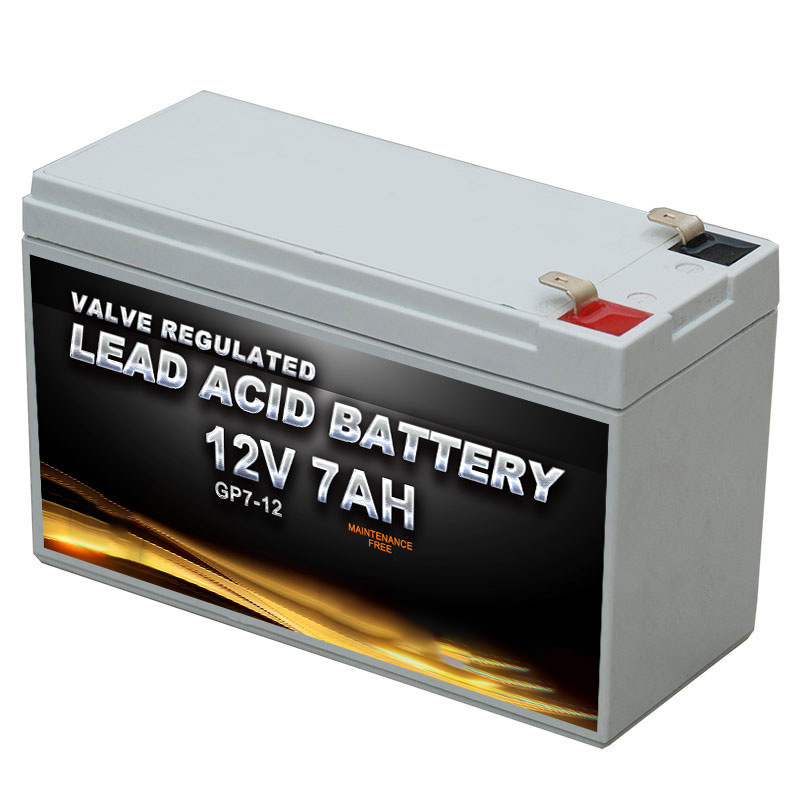The weight of lead-acid batteries can be influenced by several factors.
- Battery Capacity: Generally, larger capacity batteries will weigh more than smaller capacity ones. This is because higher capacity batteries require more lead for the electrodes and more electrolyte for proper functioning.
- Number of Cells: Lead-acid batteries can be constructed with different numbers of cells, which affects their voltage and capacity. Batteries with more cells will typically weigh more due to the additional materials needed for each cell.
- Plate Thickness and Density: The thickness and density of the lead plates can vary depending on the design of the battery. Thicker plates or plates with higher density lead will increase the weight of the battery.
- Grid Material and Design: The material and design of the grids that support the lead plates can impact the weight of the battery. Heavier or more robust grids may be used for batteries intended for heavy-duty applications.
- Electrolyte Volume: The amount of electrolyte used in the battery can affect its weight. Batteries with larger electrolyte volumes will generally weigh more.
- External Casing and Components: The materials used for the external casing and other components, such as terminals and vents, can contribute to the overall weight of the battery.
- Additives and Construction: Some lead-acid batteries may include additives or special construction features to enhance performance or durability. These additional materials can increase the weight of the battery.
Overall, the weight of a lead-acid battery is determined by a combination of these factors, and it can vary depending on the specific design, capacity, and intended application of the battery.


